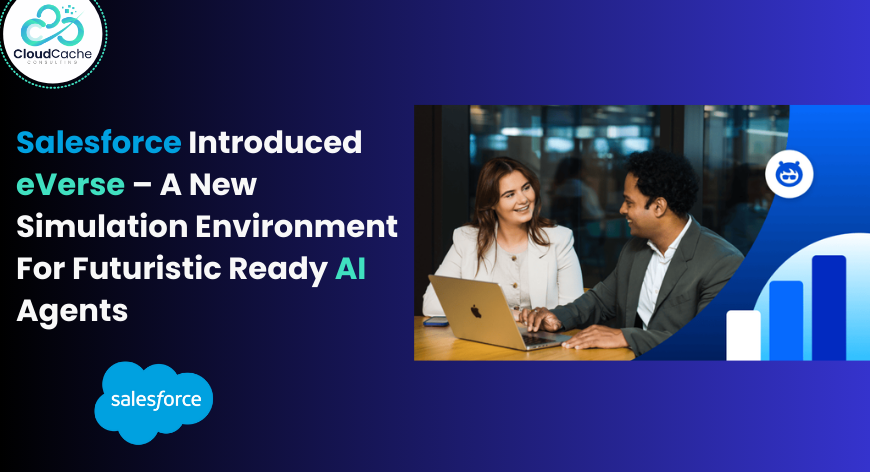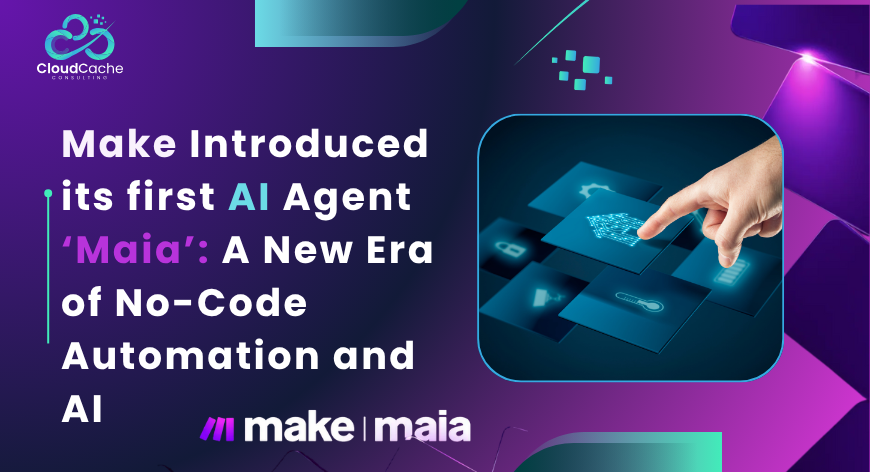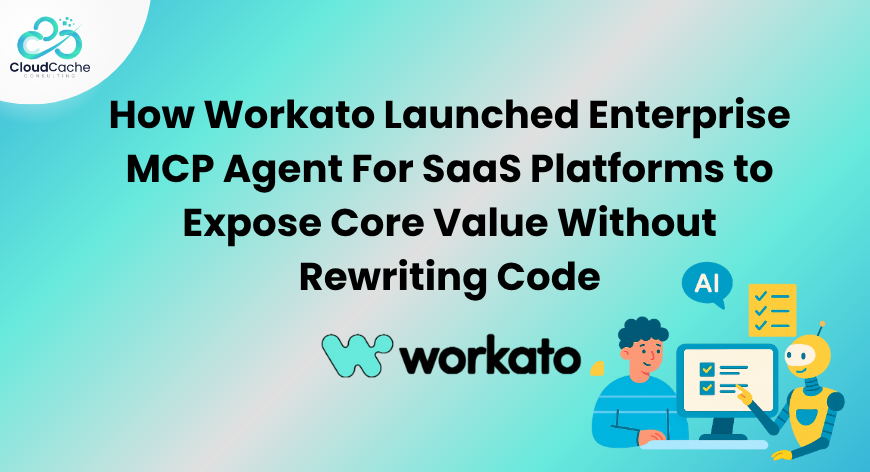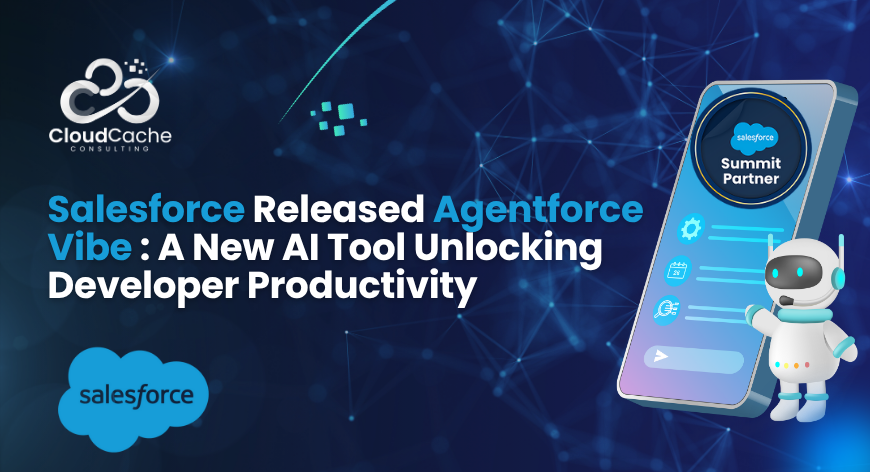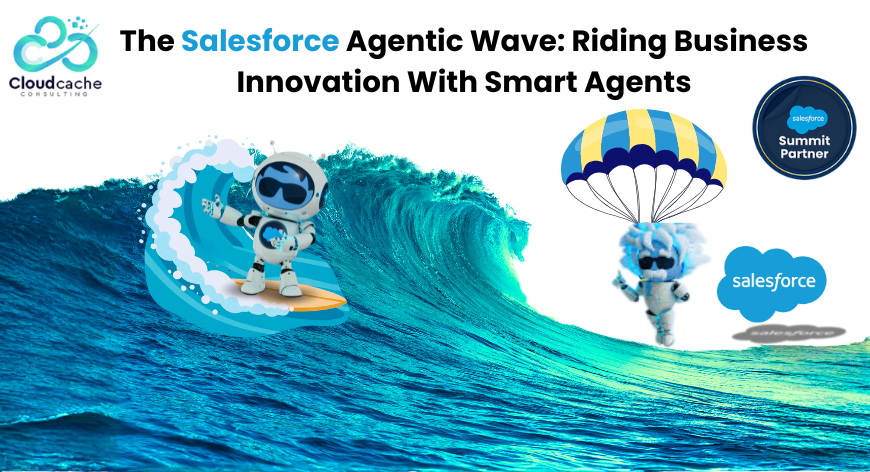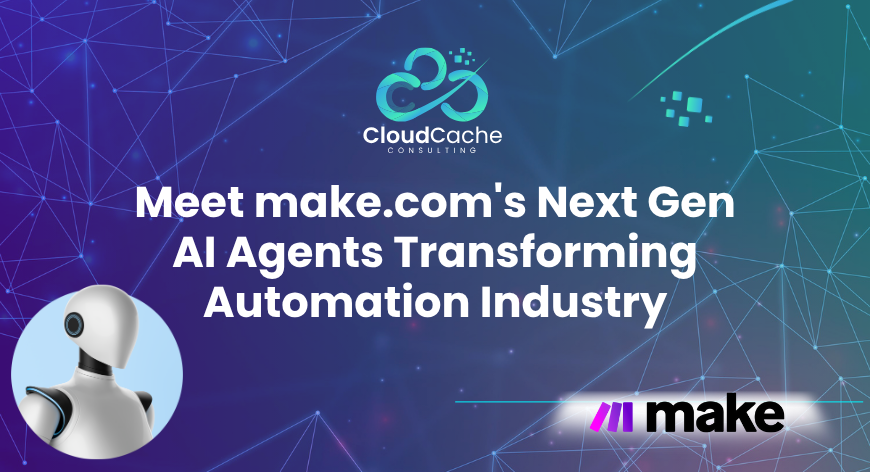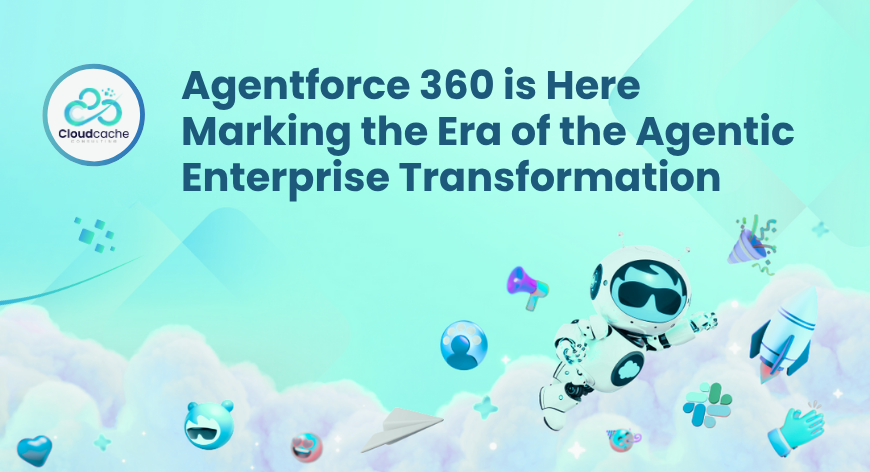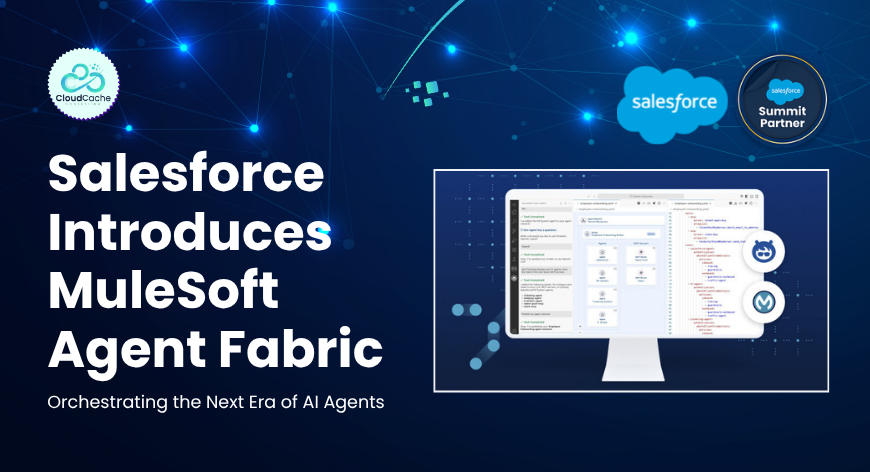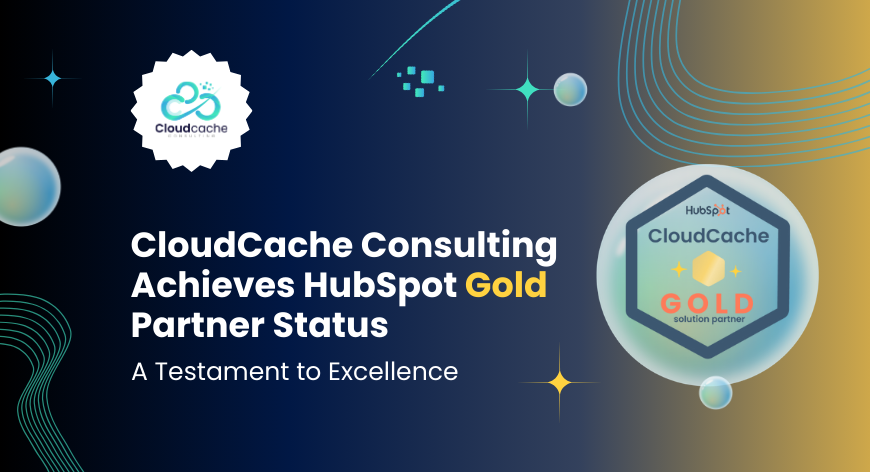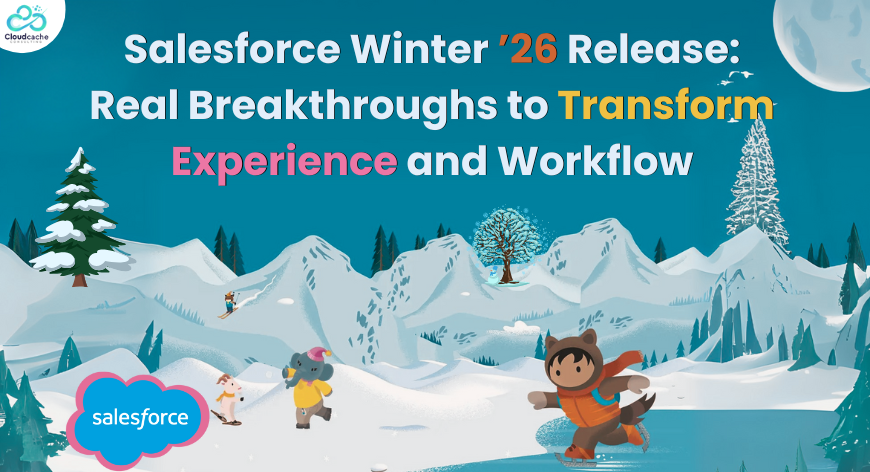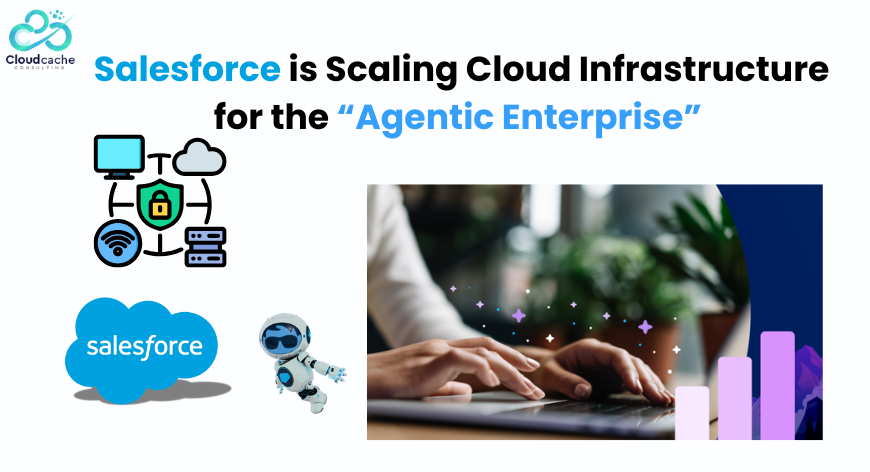
Salesforce is Scaling Cloud Infrastructure for the “Agentic Enterprise”
The way businesses use cloud systems is changing. We no longer only store data or run apps. We expect systems to act, to adapt, and to make quick, informed decisions. Agentic AI — software that can take autonomous actions and learn from outcomes — pushes cloud design beyond old patterns. The result is a need for cloud foundations that plan ahead, move fast, and keep people confident in the systems they rely on.
What an agentic enterprise looks like
An agentic enterprise builds services that act on behalf of users. These services combine reasoning, context, and data to solve problems. They also run uneven workloads. Some moments need tiny compute power. Other moments need intense bursts of GPU time. That unpredictability changes how we think about scale and performance.
Why traditional clouds don’t fit anymore
Most cloud setups were tuned for steady, predictable demand. Agentic AI breaks that assumption. A few practical problems stand out:
- Sudden spikes: Model training or mass inference can create short, very heavy demand.
- Specialized hardware needs: GPUs, high-memory nodes, and fast I/O matter for certain tasks.
- Latency sensitivity: Some agents must respond in real time. Delays hurt the experience.
- Faster release cycles: Models and rules change quickly. Deployments must be safe and rapid.
These gaps mean simply adding more servers is not the answer. We need smarter ways to match demand with the right resources.
Practical innovations that make a difference
Engineers are taking clear steps to address the new reality. They focus on three practical ideas.
- Predictive autoscaling: Instead of reacting to load, systems try to predict it. Forecasting helps bring resources online before users see slowdowns. This reduces cold starts and keeps the experience smooth.
- Intelligent resource routing: Not every task needs the same machine. Good platforms route work to the instance type that fits — GPU for heavy inference, high-memory for large models, and so on. This improves performance and cost efficiency.
- CI/CD built for AI: Continuous integration and delivery must handle models, datasets, and the infra that runs them. Safe rollouts, versioning, and quick rollbacks are essential. Teams need testing pipelines that include model behavior, not just code.
The role of the cloud foundation
A global, compliant cloud backbone changes what’s possible. When the platform can scale worldwide and keep data in the right places, teams can focus on product and trust. Platforms that combine security, locality, and flexible compute unlock agentic use cases at scale. Salesforce’s Hyperforce is one such example that ties these ideas together and supports large agentic deployments.
One concrete sign this works: an enterprise deployed an agentic solution that handled major seasonal spikes by resolving a large share of routine interactions autonomously. That kind of outcome shows how infrastructure choices affect real business results.
A practical roadmap for leaders
If you lead infrastructure, product, or AI, here’s a clear path you can follow:
- Map your workloads: Know which parts of your platform need GPUs, low latency, or lots of memory.
- Start predictive scaling pilots: Use short experiments to test forecasting models against real traffic.
- Mix instance types: Build a resource pool that covers general compute and specialized nodes.
- Extend CI/CD to models: Include model tests, drift detection, and rollout policies in your pipelines.
- Watch costs and risk: Add observability that links user impact to spend. Make trade-offs visible and measurable.
These steps help teams move from reactive fixes to intentional design.
Final Words
Building infrastructure for agentic AI is a technical challenge. It is also about people. Engineers must trust deployments. Product teams must trust results. Customers must feel the system helps, not frustrates.
Agentic systems promise a new level of automation and value. But they will only deliver when the cloud beneath them is built to anticipate, adapt, and protect. Design the foundation with care. Focus on the people who will use the system. Do that, and agentic AI moves from a buzzword to a practical advantage.
For more updates stay connected with CloudCache Consulting.
